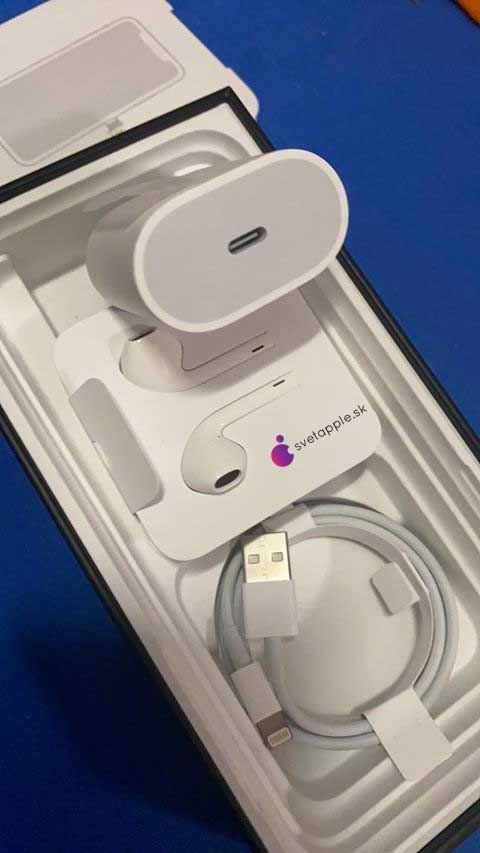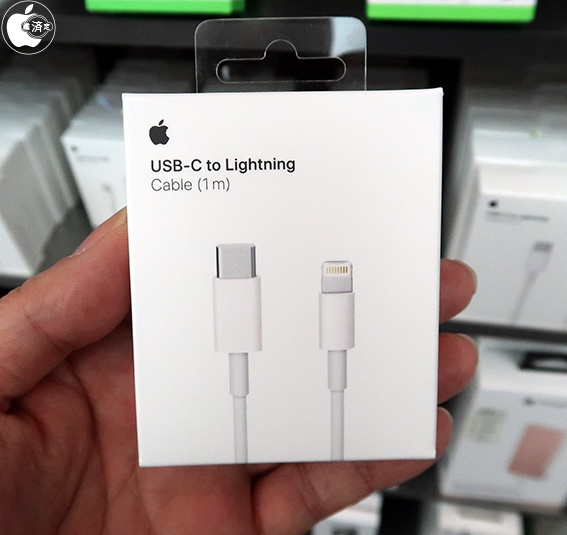

#Lightning usb hub for mac pro
If you want to hook up some wired headphones or a microphone, look for a hub with 3.5mm audio jack port since neither the iPad Pro nor the iPad Air has one. Otherwise, you’ll need to use a USB-C-to-gigabit ethernet adapter that plugs directly into your iPad. Wired internet or network access is much faster than WiFi, so if you’re using your iPad at a desk, make sure the hub you choose has a gigabit ethernet port. Look for the faster UHS-II type reader, which can handle up to 312MBs data transfer, compared to UHS-II’s maximum 104MBs.
#Lightning usb hub for mac portable
These little memory cards are also an inexpensive portable storage and backup solution, with capacities of up to 1TB. You can connect a camera or a card reader directly to the iPad’s USB-C port, but a more flexible option is to use a hub with either an SD or microSD Card reader, and many hubs have both.

Some hubs boast multiple USB-A ports, so consider how many you might need to use at the same time.

USB 3.2 Gen 1 is rated at 5Gbps and USB 3.2 Gen 2 is 10Gbps. USB-A ports are mainly used for lower-powered devices, but the ports do come in different speeds. Universal and reversible, USB-C is a great connector, but most of us still have a few devices that connect via the more common Type-A USB port, such as flash memory sticks, hard drives, and input devices. Thunderbolt hubs and docks are more expensive than their simpler USB-C cousins, but power users will benefit from the extra bandwidth.įor example, a Thunderbolt hub or dock can use this bandwidth to connect a 4K display running at 60Hz and still have data-transfer capacity for other devices such as hard drives. It uses the USB-C connector, but Thunderbolt has bandwidth up to 40Gbps compared to just 5Gbps or 10Gbps for USB. The M1 iPad Pro uses the more capable Thunderbolt connection. The minimum bandwidth of USB 3 is 5Gbps, so this is the most common speed on hubs, but some offer 10Gbps that is more capable for things like connecting an external monitor. More USB-C ports on the hub mean you can use them for more modern peripherals and an external display that connects via a USB-C cable. The iPad requires at least a 20W charger for fast charging, which all the hubs can handle but a more powerful charger may enable speeds up to 30W. And look for high charging power if there is a maximum wattage on the hub.

So, make sure at least one of the hub’s USB-C ports is capable of Power Delivery (PD) for charging. Whatever hub you buy will use up the iPad’s sole port, so you’ll need at least one extra USB-C port on the hub for pass-through charging, as you don’t want your tablet’s battery to fade mid use. Depending on which model you buy, a hub or dock connects to the iPad and offers an array of extra ports: USB-C
#Lightning usb hub for mac full
And you can take it one step further with a full docking station that can also work with your laptop. Some USB-C hubs are specially designed for the iPad Pro, but you can also use an array of generic USB-C hubs. The newest iPad Pro can even connect to Apple’s Pro Display XDR display. You can also connect your iPad Pro to your computer or to an external display using a hub’s USB-C, HDMI, DisplayPort outputs. With a hub you can add extra USB ports (Type-C and the older Type-A), SD and MicroSD card readers, gigabit ethernet, wired headphones, cameras, keyboards, and more. As such, iPad Pro and iPad Air owners have a wide range of USB-C accessories available to them. That one USB-C or Thunderbolt port will suffice if all you use it for is charging or wired earbuds, but Apple’s tablets can also be used with many other peripherals that transform it into a versatile computer. The latest M1 iPad Pro uses a USB-C-style Thunderbolt/USB4 port that is even more capable. You’ll find a USB-C port on the 11-inch iPad Pro (1st and 2nd gen) and 12.9-inch iPad Pro (3rd and 4th gen), and iPad Air. Since the Liquid Retina redesign in 2018, Apple’s higher-end iPads have used the universal USB-C connector port rather than Apple’s own Lightning connector.


 0 kommentar(er)
0 kommentar(er)
